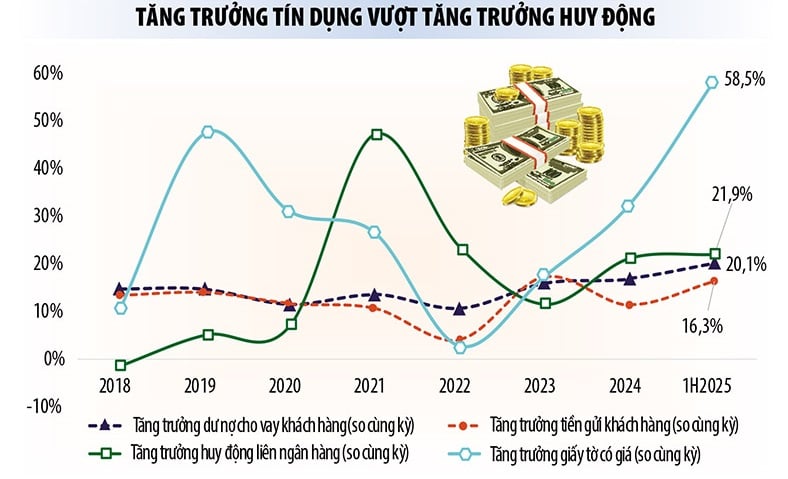 |
Cross-ownership is decreasing, but we cannot rest assured yet
According to the State Bank, currently, ownership of shares exceeding the prescribed limit and cross-ownership in the credit institution system has decreased. The situation of large shareholders and groups of shareholders manipulating and dominating banks has also been limited.
Currently, the cases of shareholders and related parties owning shares exceeding the prescribed limit are mainly limited to corporations and state-owned enterprises. However, state-owned enterprises under the management of ministries, branches and commercial banks face difficulties in requesting these shareholders to divest capital.
Although the Law on Credit Institutions 2024 has added many regulations to tighten ownership, cross-investment and control of bank manipulation, in reality, detecting cases of concealment and having others stand in the name of shares is still a big challenge for management agencies.
“This leads to the risk of credit institutions ’ operations lacking transparency and openness. At the same time, this can only be detected and identified through investigation and verification by investigative agencies in accordance with the law,” the Governor of the State Bank affirmed.
In addition, according to the State Bank, determining the relationship between businesses (for example, businesses intertwined in the Van Thinh Phat ecosystem - PV) is not easy, especially for businesses that are not yet public companies.
In order to monitor cross-ownership more effectively in the coming time, the Governor of the State Bank said that it will continue to monitor the safety of credit institutions ' operations to prevent risks. The State Bank will continue to step up inspections of the contents of share ownership ratio; purchase and transfer of bank shares; credit granting to large customers/customer groups (lending, investing in corporate bonds...) to detect, direct the handling and remedy of existing problems and violations in operations, especially violations in credit granting, investment, capital contribution and share purchase of credit institutions .
The Governor of the State Bank also requested ministries, departments, branches, and business management units to pay attention to directing businesses to invest, contribute capital, and purchase shares at credit institutions in compliance with regulations; use loan capital, especially loans from credit institutions for the right purposes and effectively; ensure safety and timely repayment of debts to credit institutions .
Legally, the State Bank will continue to review, research, and advise on amending and supplementing legal documents if necessary, in order to perfect the legal framework on share ownership as prescribed in the Law on Credit Institutions.
Restructuring of weak banks has progressed
Regarding bad debt settlement and restructuring of the banking system, the State Bank said that by the end of August 2025, the bad debt ratio on the balance sheet (excluding 5 banks MBV30, Global Petroleum, NCB Neo31, Vikki Bank32, Saigon) will be at 1.71%.
According to Deputy Governor Pham Quang Dung, the handling of banks that were forced to be transferred has achieved many results after 1 year of implementation. Up to now, the scale of total assets, mobilized capital, and outstanding loans have all grown strongly. Bad debts have been gradually handled; some banks have made profits or reduced losses compared to the same period in 2024.
Regarding SCB, the State Bank has issued Document No. 02-TTr/ĐUNHNN dated September 15, 2025, reporting to the Standing Committee of the Government Party Committee to report to competent authorities on the restructuring plan for SCB.
Notably, to improve the safety standards of the entire system, the State Bank issued Circular No. 14/2025/TT-NHNN on capital adequacy ratio for commercial banks and foreign bank branches (Circular 14). The State Bank also studied and supplemented the latest guidelines of the Basel Committee in Basel III standards. These are strategic steps to improve the quality of risk management of the Vietnamese banking system, towards a safe, transparent banking system in accordance with international practices.
According to FiinRatings, from the end of 2025, capital requirements under Basel III standards and the removal of credit “rooms” will create increasingly clear differentiation between banks. Banks with large scale and capital capacity will expand market share, while small banks need to regulate growth to balance capital, profits and asset quality.
Currently, banks' capital resources are temporarily consolidated by issuing Tier 2 bonds, but pressure on core capital is increasing. Circular 14, effective from September 15, provides detailed regulations on Tier 1 core capital, Tier 1 capital and capital safety buffers, thereby tightening requirements on equity capital and retained earnings. This makes the single capital safety ratio indicator no longer fully reflect the capital capacity of banks.
To balance credit growth and capital constraints, FiinRatings experts predict that banking groups will have different strategies. Accordingly, state-owned banks are expected to focus on increasing core capital through retaining profits and maintaining moderate credit growth; large joint-stock commercial banks will combine retaining profits and issuing flexible second-tier bonds to support selective growth. Small joint-stock commercial banks may have to choose between issuing new shares or reducing credit growth to ensure capital safety.
FiinRatings also warned that the NPL coverage ratio has declined slightly and is still below the 2022 peak, reflecting that banks are relying more on debt write-offs and collections, rather than increasing provisioning. As debt restructuring policies gradually expire, some loans may turn into Special Mentioned Loans (SML) or Non-Performing Loans (NPL). This risk is more concentrated in small-sized commercial banks, with thinner capital buffers.
“Capital and profitability indicators have generally declined across most banking groups. Even in banks with high credit capacity, the bad debt coverage ratio and credit risk provision ratio have also decreased. This shows that the credit risk buffer is narrowing under pressure from asset quality,” FiinRatings warned.
Source: https://baodautu.vn/no-luc-kiem-soat-so-huu-cheo-trong-ngan-hang-d412701.html










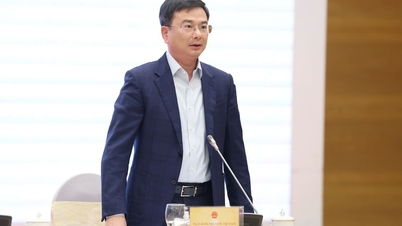



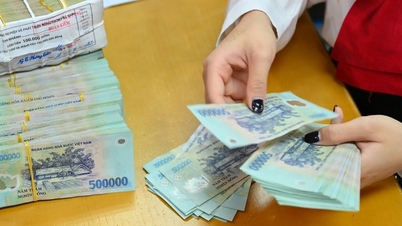

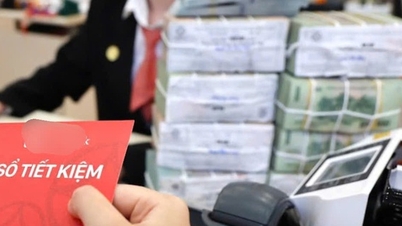



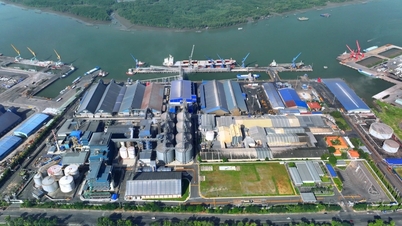


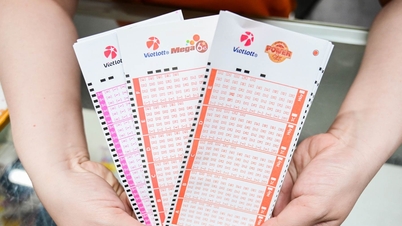


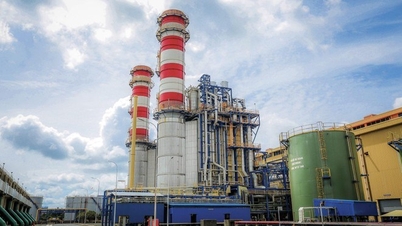






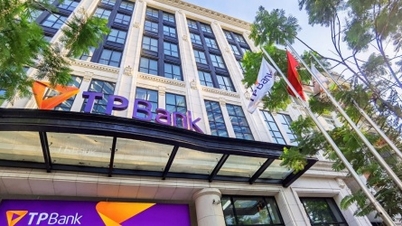







![[Video] The craft of making Dong Ho folk paintings has been inscribed by UNESCO on the List of Crafts in Need of Urgent Safeguarding.](https://vphoto.vietnam.vn/thumb/402x226/vietnam/resource/IMAGE/2025/12/10/1765350246533_tranh-dong-ho-734-jpg.webp)














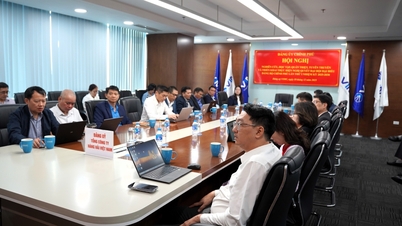



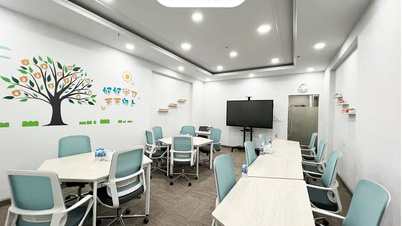













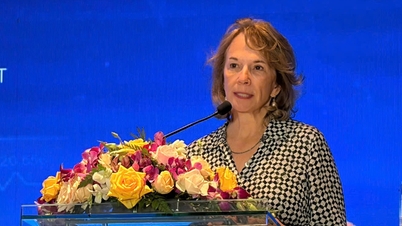


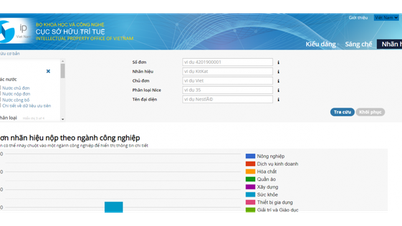

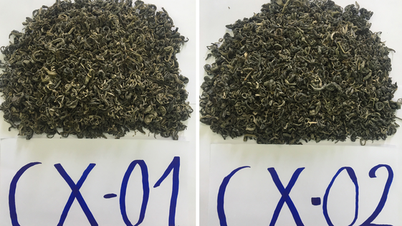

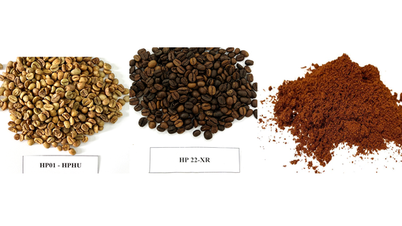







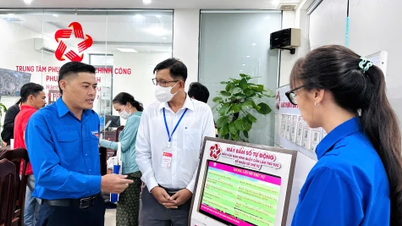











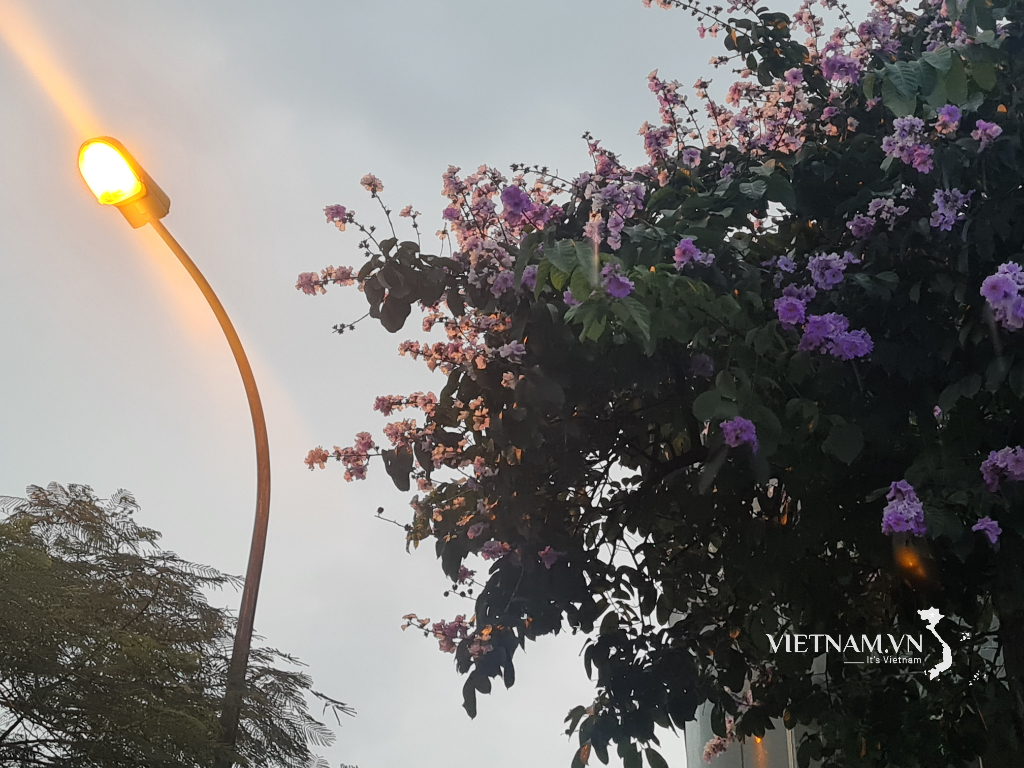






Comment (0)